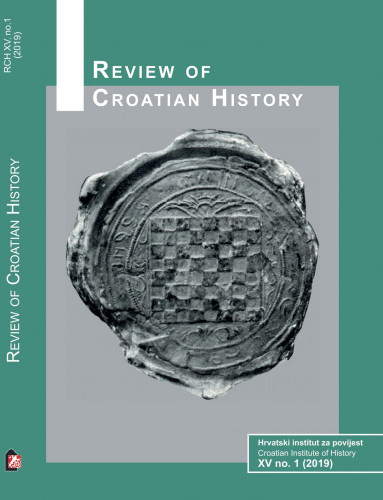Prior to the agricultural reform, the free and royal town of Varaždin owned 1.228 jutros of arable land. The agricultural reform divided 1.038 jutros, the army claimed 100 jutros for its needs, whereas only 90 jutros were left under the ownership of the Town. Previous to the agricultural reform, in the war year of 1917, money received from the lease of the land made up more than 5 percent of the town income. However, having entered the new state union and due to the introduction of the agricultural reform as well as new and higher taxes in 1923, the land lease revenue made up barely 0,2 percent of the town budget. A buyer could enter expropriated land of the Town of Varaždin into the land register only when reimbursement had been payed off, and he also had to build a house there within the next three years. Farmers obtained the land on a temporary one-year lease. Having taken everything into consideration, the agricultural reform failed to increase prosperity, on the contrary, it brought along direct financial losses for the Town of Varaždin. Namely, in March 1939, during a Municipal Council sitting members commented that the Town of Varaždin ceased to be the administration centre of the northern Croatia due to the loss of financial directive and county jurisdiction, whereas it also lost significant financial income due to the seizure of large amounts of land for the agricultural reform. For the purpose of illustration, it would be interesting to see where the properties owned by the Town of Varaždin were located; however, due to the large number of cadastral parcels, its drawing is beyond the scope of this paper. Regarding the seniorate possession of the Stari grad, Rudolf II Habsburg gave it to count Toma Erdödy and his heirs who managed the property up to the first half of the 20th century.; Die königliche Freistadt Varaždin besaß vor der Agrarreform 1.228 Mor-gen Ackerland. Während der Agrarreform wurden 1.038 Morgen Land verte-ilt, das Heer nahm für seine Bedürfnisse etwa 100 Morgen und der Stadt blieb nur 90 Morgen übrig. Im Kriegsjahr 1917, vor der Agrarreform, machte das Pa-chtgeld mehr als fünf Prozent der städtischen Einnahmen aus. Aber mit dem Eintritt in eine neue staatliche Gemeinschaft und nach der durchgeführten Agrarreform sowie der Einführung neuer und höherer Steuern entfiel 1923 kaum 0,2 Prozent des städtischen Haushaltes auf die Einnahmen von der Ver-pachtung. Das enteignete Land der Stadt Varaždin konnte in den Grundbüc-hern auf den Käufer erst nach der Entrichtung einer Entschädigung übertra-gen werden. Der Käufer war auch verpflichtet binnen drei Jahre ein Haus zu erbauen. Landwirte konnten das Land zeitweilig auf ein Jahr in Pacht nehmen. Allgemein gesehen brachte die Agrarreform keinen Fortschritt und die Varaž-diner Stadtkasse musste dabei einen direkten Verlust erleiden. Auf der Sitzung des Stadtmagistrats, die im März 1930 stattfand, kommentierten die Stadträte, dass die Stadt Varaždin durch den Verlust der Finanzdirektion und seines Ko-mitatsbereichs aufhörte, das Verwaltungszentrum Nordkroatiens zu sein. Dur-ch die Enteignung des Großgrundbesitzes während der Agrarreform erlitt die Stadt einen beträchtlichen Einnahmenverlust. Es wäre zur Illustration intere-ssant zu sehen, wo die Stadt Varaždin ihre Besitztümer hatte. Da es sich um viele Parzellen handelt, geht ihre Darstellung über den Rahmen dieser Arbe-it hinaus. Das Senioratgut Stari grad wurde von Rudolf II. Habsburg 1607 dem Grafen Tamás Erdődy und seinen Nachfolgern geschenkt, die es bis hin in die erste Hälfte des 20. Jahrhunderts verwalteten.
Sažetak

 Review of Croatian history : Revue für kroatische Geschichte = Revue d'histoire croate : 15,1(2019) / editor-in-chief, Chefredakteur Mario Jareb.
Review of Croatian history : Revue für kroatische Geschichte = Revue d'histoire croate : 15,1(2019) / editor-in-chief, Chefredakteur Mario Jareb.